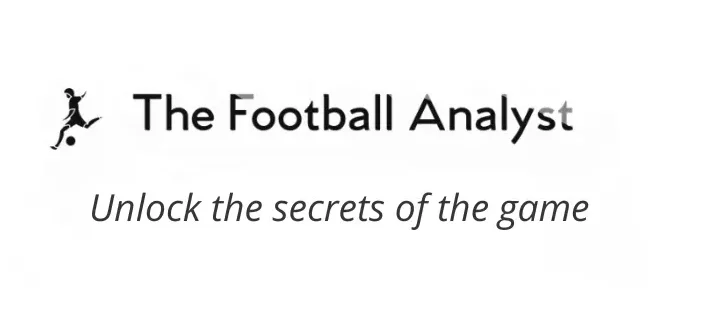In modern football analysis, few debates are as significant as the one between shot quality and shot volume. While some teams rely on overwhelming the opponent with frequent efforts on goal, others focus on creating fewer but higher-quality chances. But which strategy is more effective in the long run? The answer lies at the intersection of data, tactical identity, and context.
Understanding the Concepts
Shot Volume
Shot volume refers to the number of attempts a team makes toward goal. The logic behind this approach is statistical: the more you shoot, the greater your chance of scoring. This is often associated with teams that play direct, high-intensity football—emphasizing quick transitions, verticality, and risk-taking.
Examples: Jürgen Klopp’s early Liverpool, Ralf Rangnick’s RB Leipzig, Marcelo Bielsa’s Leeds.
Shot Quality
Shot quality measures how likely a given shot is to result in a goal, often using Expected Goals (xG). A low shot count may still be highly effective if those attempts come from high-value situations—central areas inside the box, one-on-one chances, or set-piece routines.
Examples: Manchester City under Pep Guardiola, Roberto De Zerbi’s Brighton, Spain’s national team in recent years.
The Tactical Trade-Off
Shot volume is a high-variance approach. It thrives on chaos, momentum, and volume-driven pressure. However, it often leads to lower-percentage shots: attempts from outside the box, bad angles, or under defensive pressure.
Shot quality, in contrast, is a controlled, patient approach. It reflects tactical discipline—teams manipulating defensive blocks, seeking cut-backs, or disorganizing the opponent through positional play. But the risk is under-creating—too much caution can lead to sterile possession and few shots overall.
Statistical Evidence
Looking at data from Europe’s top five leagues over recent seasons, teams that outperform their xG consistently tend to combine both quality and quantity. However, certain patterns emerge:
- Teams with high shot volume but low xG per shot often rank lower in finishing efficiency and goal conversion.
- Teams with lower shot volume but higher xG per shot may show better conversion rates, but can struggle to score if they can’t create enough chances.
Coaching Implications
From a coaching standpoint, the priority is not merely choosing between volume or quality, but understanding:
- Your team’s strengths – Do you have players with elite movement and finishing? Or is your strength in physicality and pressing?
- The opponent’s structure – Are they compact and deep? Or vulnerable in transition?
- Game state – Chasing a game? Volume might help. Protecting a lead? Focus on efficiency.
A pragmatic coach looks to blend the two: create volume against weaker opposition or in chaotic phases, and prioritize quality when margins are tight—especially in top-level matches or knockout scenarios.
Training Considerations
To train for shot quality:
- Emphasize positional play and pattern-based final third entries.
- Focus on decision-making around when to shoot vs. when to create a better angle.
- Use video analysis to reinforce xG principles: centrality, distance, defensive pressure.
To train for shot volume:
- Work on quick transitions, attacking rebounds, and second balls.
- Prioritize crossing drills, aggressive box entries, and long-range efforts.
- Encourage risk-taking behaviors, especially from attacking midfielders and fullbacks.
What the Data Tells Us
Based on historical trends in top-level football:
- Teams with very high shot quality but too few attempts often underperform in leagues where consistency is key.
- Teams with high shot volume but poor xG per shot can dominate xG but still lose games.
- The most successful sides combine both—maintaining high xG per shot while producing a steady volume (12–16 shots per game with an xG of 1.8+ is a strong benchmark).
Conclusion: What Matters More?
It depends on context.
At the elite level, shot quality often matters more—because margins are small, and opponents rarely give away cheap chances. But without sufficient volume, quality alone can’t win you a 38-game season.
The real edge lies in optimizing both:
- Don’t shoot for the sake of it.
- Don’t pass up good shooting opportunities in pursuit of the “perfect” chance.
As analysts and coaches, our role is to design principles, drills, and tactical setups that strike the right balance—creating both enough chances and good enough chances to consistently win matches.
